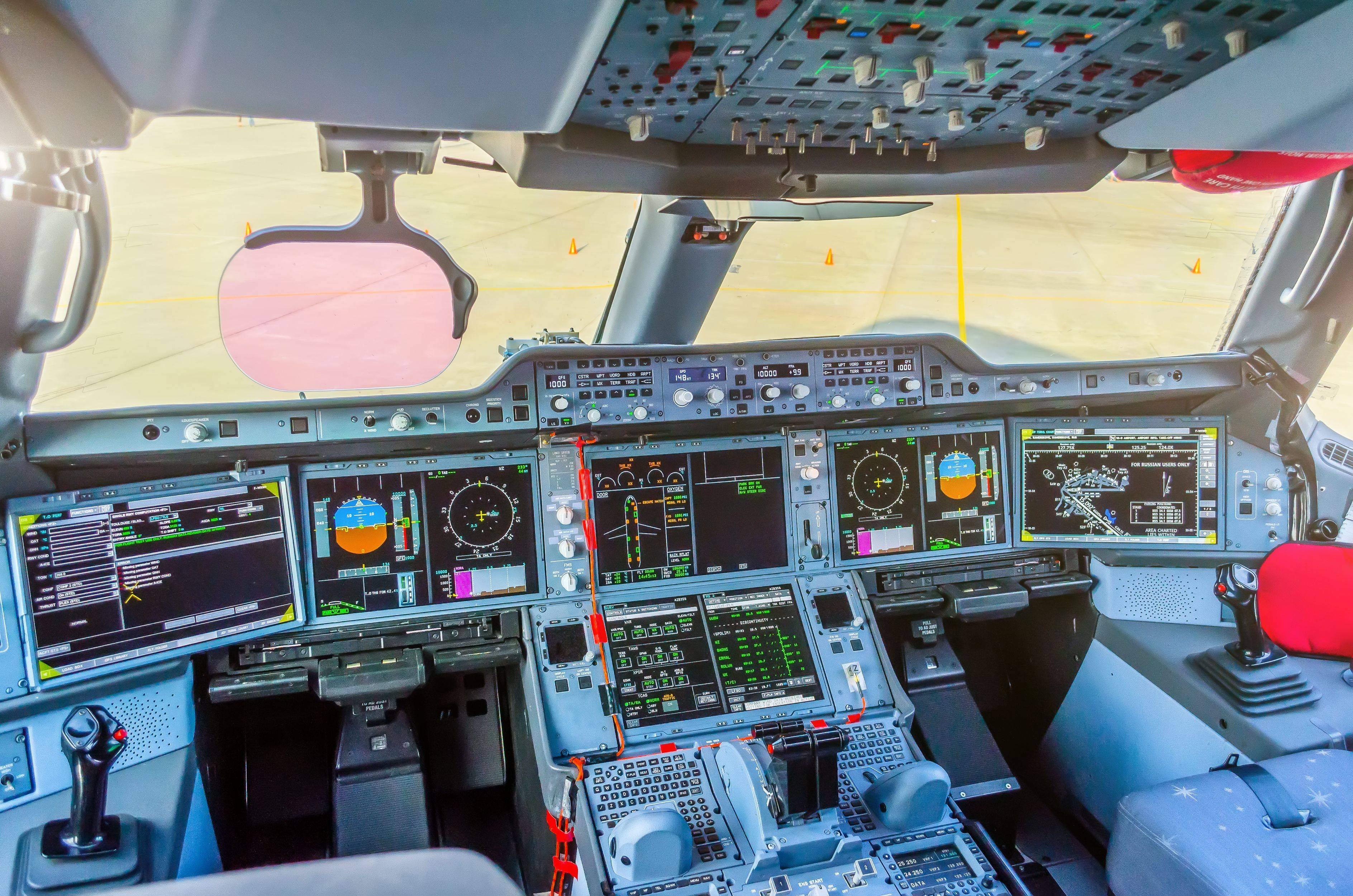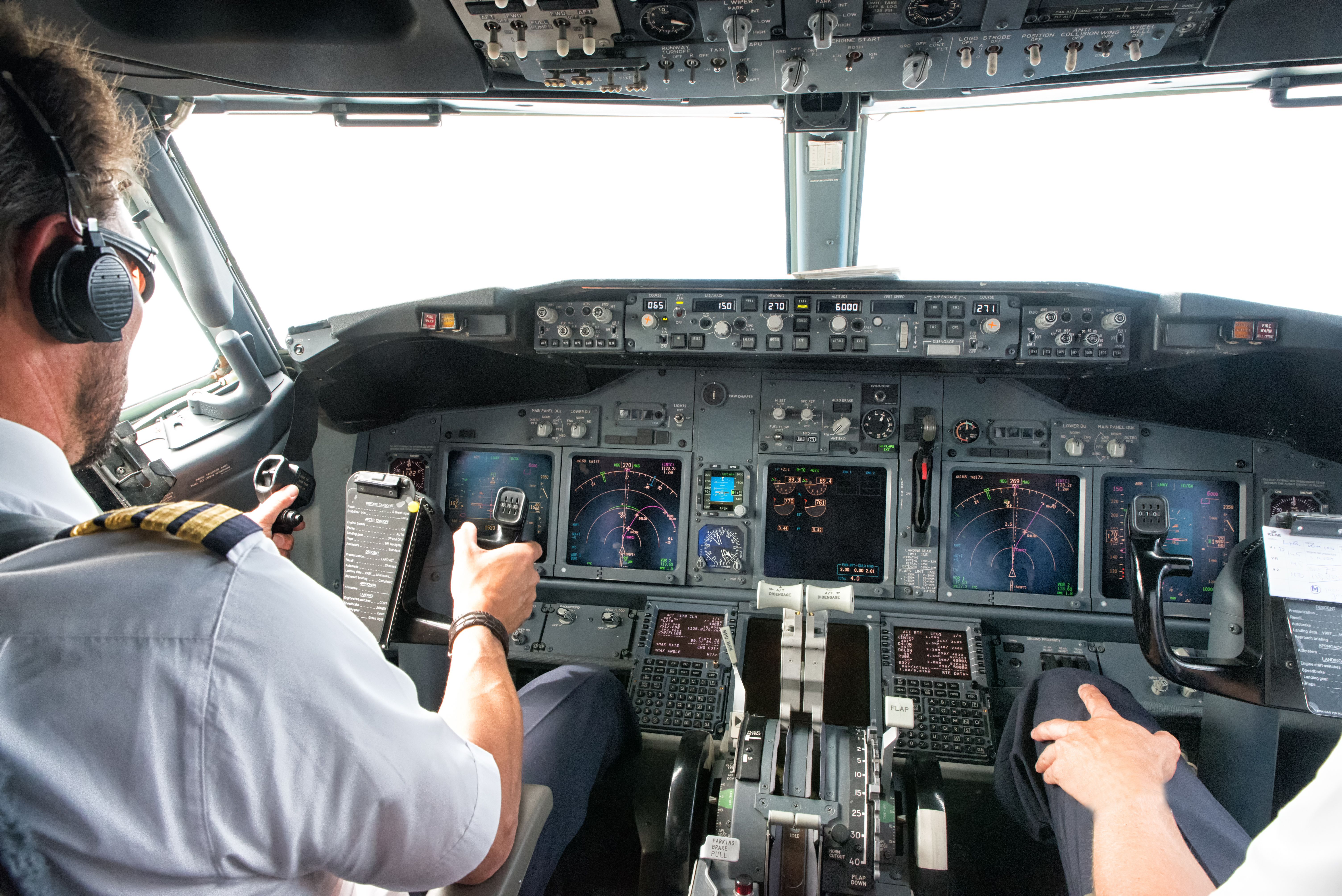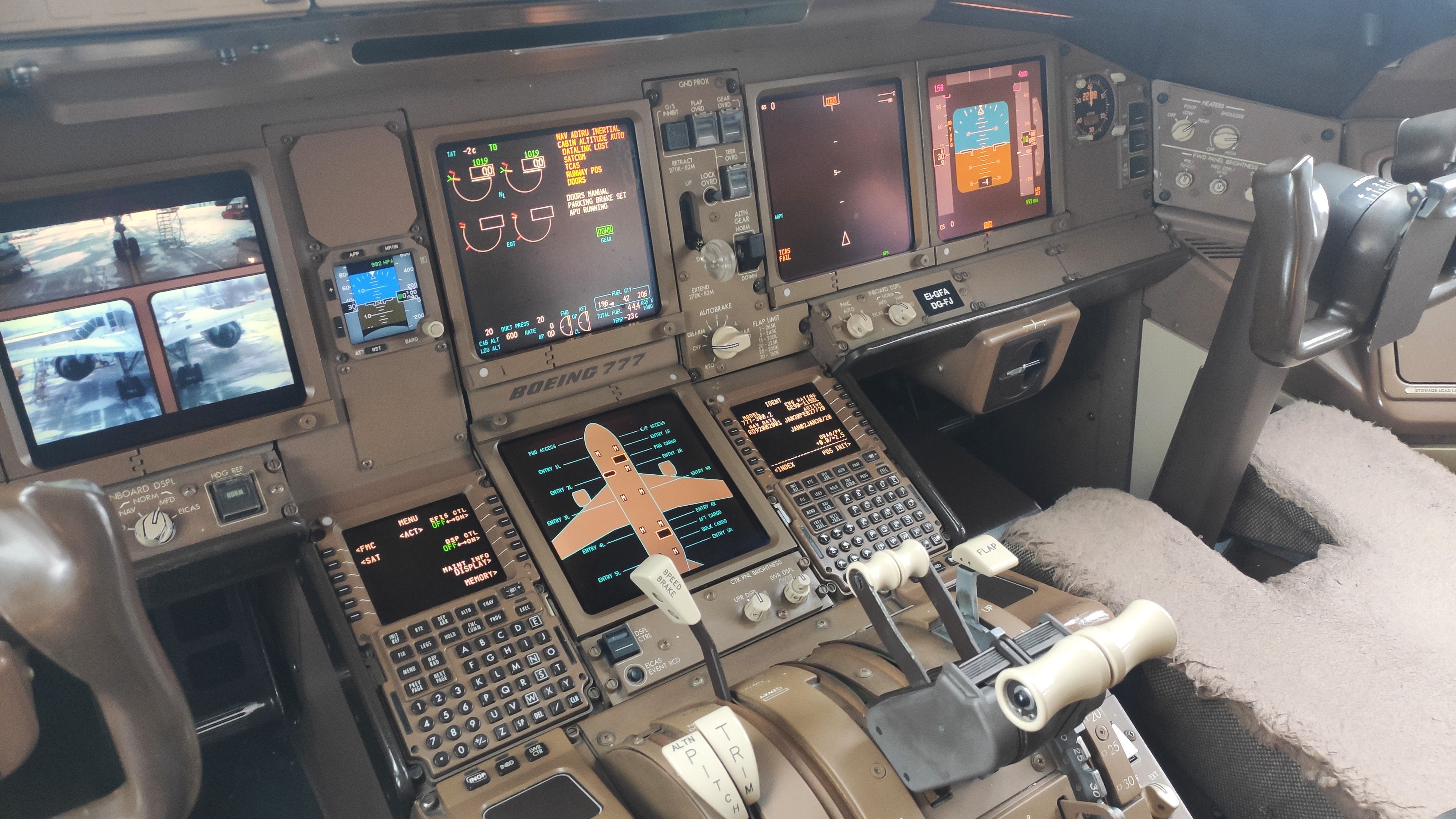Insight on the QRH and how pilots use it.
The Quick Reference Handbook, or QRH, supplements the flight crew’s knowledge and contains hundreds of actions and references. Knowing how to use and reference the QRH is integral to receiving a type rating. Let’s talk about what the QRH is and how pilots use it.
What is the QRH
The QRH is most commonly associated with abnormal and emergency checklists and procedures. Everything from engine failure checklists to unsafe gear checklists is contained within the pages of an aircraft’s QRH. In addition, a QRH usually contains guidance for less common procedures. Examples include deicing or cross-bleed engine starts.
Some QRHs are also home to supplemental information for holding and have tables to determine the most efficient airspeed for the aircraft’s weight and altitude. Additional references might also be provided for scenarios like landing distances on contaminated runways, operating in potential wind shear conditions, or hydraulic warm-up procedures for cold weather.
Photo: Atosan/Shutterstock
A QRH can be hundreds of pages long. It is common practice for airlines to furnish pilots with the QRH in digital form in addition to the physical copy that remains onboard the aircraft. Having the QRH available on a tablet device is in keeping with industry practices that have seen much of the required documentation migrated to a digital form. Finding a specific piece of information can be made easier with a spotlight search and hyperlinks on an iPad compared to conventionally searching through a physical book.
Referencing the QRH
Pilots are prompted to reference the QRH when an advisory or cautionary message is displayed. Many Boeing, Airbus, Bombardier, and Embraer aircraft have dedicated screens for either an EICAS (engine indicating and crew alerting system) or ECAM (electronic centralized aircraft monitoring). When the plane’s internal monitoring systems detect an abnormality, an annunciation is displayed on this screen, and the pilots reference the appropriate checklist contained in the QRH.
Airbus’ ECAM prompts the crew with “ECAM actions” to address the abnormality if required. Some Boeing aircraft, like the Boeing 777, have action items that appear on the EICAS when an associated abnormality occurs. ECAM and EICAS actions essentially double as conventional QRH procedures and are meant to reduce pilot workload during non-normal flight operations by eliminating the need to search for associated procedures. Pilots will reference the QRH checklist as the first course of action if the aircraft or airline does not have this option.
Photo: VideoMag I Shutterstock
While the QRH generally serves as the initial go-to reference for abnormal situations, some scenarios require immediate action from the crew. Examples include runway pitch trim and decompression. In this handful of scenarios, pilots carry out “immediate action items” from memory before referencing the QRH.
Every emergency and abnormality has an associated checklist in the QRH. For this reason, a plane must have the most up-to-date version of the QRH on the flight deck and, in most cases, on the pilots’ tablets.
[ad_2]
Source link





